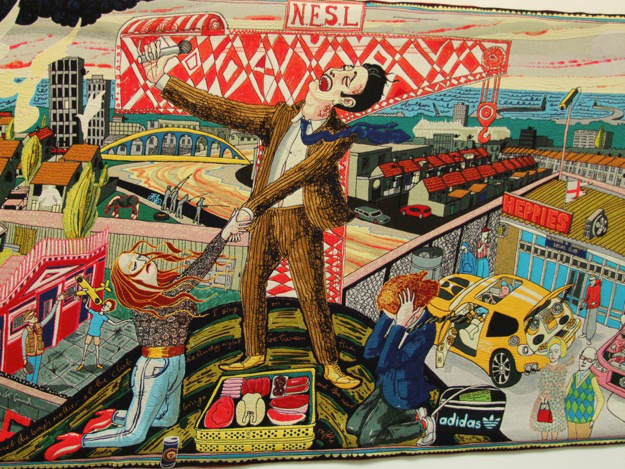
Grayson Perry, Agony in the Car Park
“The clothes oft proclaim the man,” Polonius to his son Laertes in Hamlet
One of the hallmarks of the Late Empire is its tendency towards hyper-hedonism, that compulsion to pleasure our palates with exquisite cuisine, pamper our bodies with Swedish massages, dance the diminishing succession of nights away.[1]
Obviously, this behavior runs counter to the work ethic of that Original American Entrepreneur of Self-Help – Mr. Ben Franklin – and also contradicts to the self-abnegation of that Oratorical Furnace of Fire and Brimstone – Rev. Jonathan Edwards.
His sermon “Sinners in the Hands of an Angry God” provoked staid Colonial New Englanders to moan aloud, not unlike a congregation of AME funeral-goers. “What can I do to be saved,” the New Englanders hollered after hearing Edwards’ dispassionately delivered descriptions of what lay in store.
For example:
To help your conception, [Edwards says] imagine yourself to be cast into a fiery oven, or a great furnace, where your pain would be as much greater than that occasioned by accidentally touching a coal of fire, as the heat is greater. Imagine also that your body were to lie there for a quarter of an hour, full of fire, and all the while full of quick sense; what horror would you feel at the entrance of such a furnace! and how long would that quarter of an hour seem to you! And after you had endured it for one minute, how overbearing would it be to you to think that you had to endure the other fourteen! But what would be the effect on your soul, if you knew you must lie there enduring that torment to the full for twenty-four hours…for a whole year…for a thousand years!
The centuries-long backsliding of our nation from the Salem of the Puritans to the Sodom of Hollywood has been attributed by what’s left of Edwards’ followers to the Warren Court’s removal of a not-so-omnipresent God from school, leftwing college professors, etc.
However, the contemporary French philosopher Gilles Lipovetsky fingers consumerism (aided and abetted by fashion) as whatdunit in the secularization and eventual narcissism of Occidentals [2] as he traces Westerners’ relationship with their clothing (and sense of self) from the 14th Century until now.
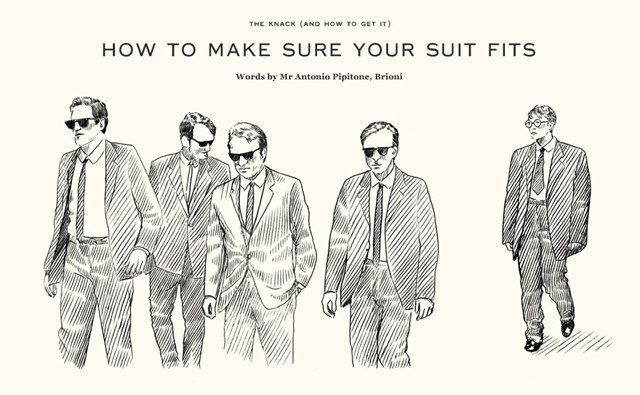
Here’s a crystal clear methylamphetic synopsis of Part 1 of Lipovetsky’s The Empire of Fashion: Dressing Modern Democracy (Trans. Catherine Porter):
Before the Late Middle Ages, in what should be be called the Golden Age of Transvestism, both men and women wore traditional dresses whose cuts remained the same for thousands of years. Folk placed a “positive value on [. . .] social continuity of models inherited from the past.”
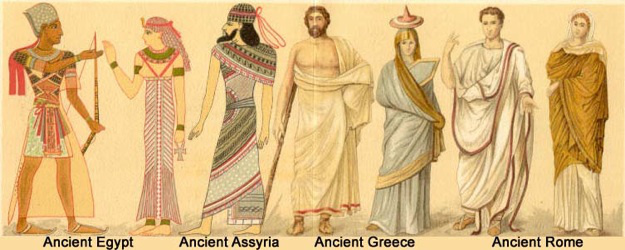
In the mid-14th, men started wearing exposed hose and short doublets instead of robes while women continued to drape their bodies much as they had before. Before then, royalty had sported more luxurious duds as a distinguishing characteristic between them and their subjects. However, as the styles differentiated between the sexes and commerce and banking arose, a bourgeoise developed, and uppity royal wannabes started copying the dress of their betters. Royals had to jack up the sartorial splendor, the bourgeoise countered, and the millennial old stasis in fashion was over. This phenomenon “democratized fashion,” “equaliz[ed] appearance,” “undermined traditional behavior,” and “created a thirst for novelty.”
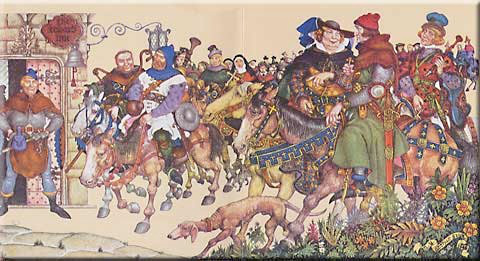
People started to be more aware of their individuality; courtly love established an overvaluation of women.[3]
God migrated from the center of Medieval consciousness to the periphery of post-Enlightenment consciousness before being gunned down by Nietzsche in the 19th Century.
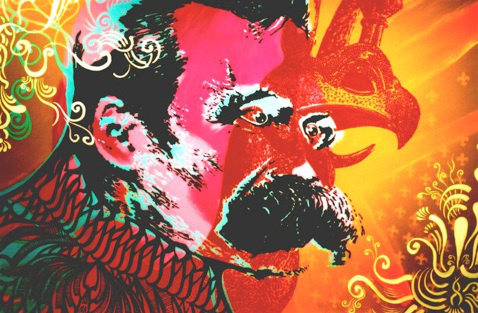
Haute Couture ruled for a century and established live modeling and the fashion seasons, spring and fall, changing styles even more often than editors of MLA manuals; however, ready to wear via manufacturing overthrew the Haute Couture hierarchy of made-to-order fashion.
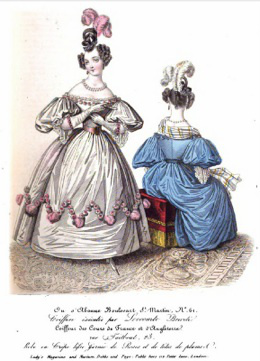
In the 50’s and 60’s the thrust of fashion shifted from concentrating on appearing wealthy to appearing young as mass-media-manipulated youths rejected their parents’ mores. Clothes became more unisexual with girls wearing pants and boys long hair.

Now in 2017, essentially [cue Cole Porter] anything goes. The designers can no longer dictate styles to consumers – micro minis or midis or maxis are all okay. Both men and women would rather appear young than wealthy – older mothers want to look like their young daughters rather than vice versa. This cultivation of youth now extends to men who in increasing numbers dye their hair, purchase facial creams, and sport earrings.
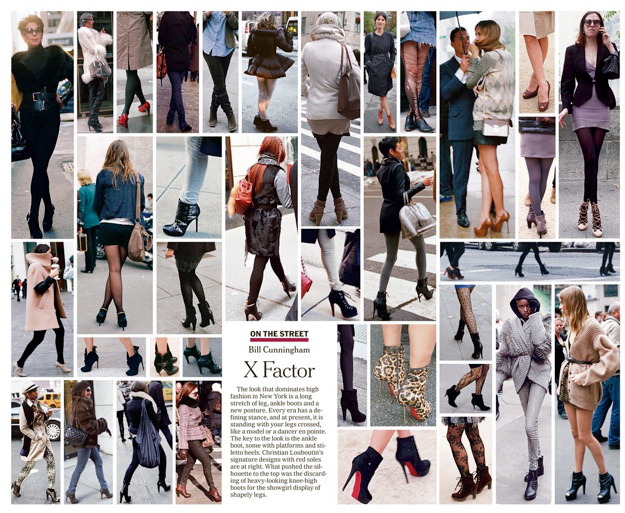
Lipovetsky’s good news: individualism triumphs – we’re our own masters. Bad news: we’re narcissists (who almost by definition are incapable of happiness).
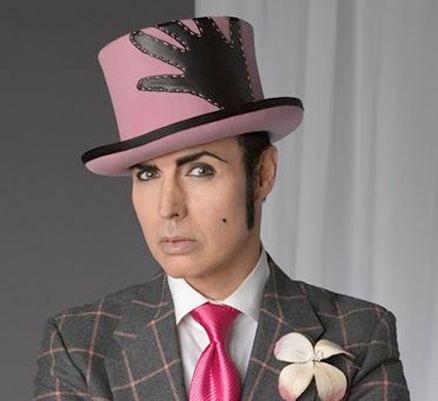
What are the odds that Mr. Patrick McDonald is easily upset?
Lipovetsky argues in Part 2 that this narcissistic self-autonomy is on the whole positive, and he makes many excellent points. I’ve in a previous post linked Lipovetsky’s debate with a skeptical Mario Vargas Llosa.
I’m not up to determining whether the almost unlimited freedom of self-indulgence/self-determination that post-industrial capitalism has bestowed [4] is worth the concomitant loss of our not knowing history’s deep lessons and literature’s grandest moments.
Instead, I’m going to address the rightful (or wrongful) cause of the prevalent narcissism that characterizes Late Empire America.
It’s not so much that the godless left has deconstructed the religious underpinnings of American society but that amoral capitalism has usurped the glamor of certain seductive countercultural lifestyles and incorporated images of that decadence into its advertising campaigns.
Take James Dean as an early example. His in-your-face alienation in Rebel Without a Cause preceded the prayer-in-school ban of 1962, and I doubt that the film’s director Nicholas Ray underwent a successful leftist indoctrination in his one semester at the University of Chicago. However, with young fans flocking to that movie, advertisers noting Dean’s appeal incorporated Dean’s persona into campaigns.
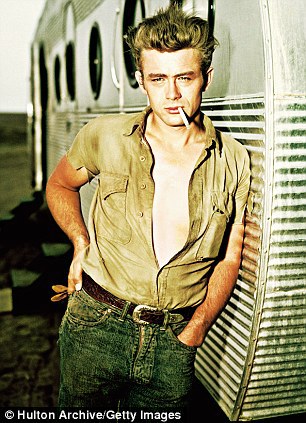
Why did young fans flock to the film? Because a character “no one understands” appeals to adolescents. In a recent post I cited Jackson Lears who has pointed out that capitalism successfully co-opts bohemianism by installing rip machines into assembly lines at jean factories to accommodate Kurt Cobain wannabes. When ripped jeans aren’t cool anymore because everyone is wearing them, something new takes their place and on and on till the last syllable of recorded time. Cha-ching goes the cash register. Zip goes the barcode scanner.
We can characterize “consumer society” empirically by listing some of its features: a higher standard of living, an abundance of goods and services, a cult of objects and leisure, a hedonistic and materialistic morality.
Giles Lipovetsky The Empire of Fashion: Dressing Modern Democracy
So Don’t blame us lefty teachers, Rick Santorum, et al; it ain’t our fault.
[1] Faulkner advised writers that they needed to “kill all their darlings” in the editing process. Imagine the tears I shed when I axed “like Maenads all hepped up on the blood of speed freaks torn asunder” from the end of the first sentence.
[2] I continue my quixotic campaign to restore Oriental and Occidental into respectability.
[3] By the way, sisters, like Chuck Prophet, I bow down before every woman I see.
[4] E.g., my ability to share my thin understanding of fashion’s progression with anyone on the planet who has internet access.
Share this:- Share





